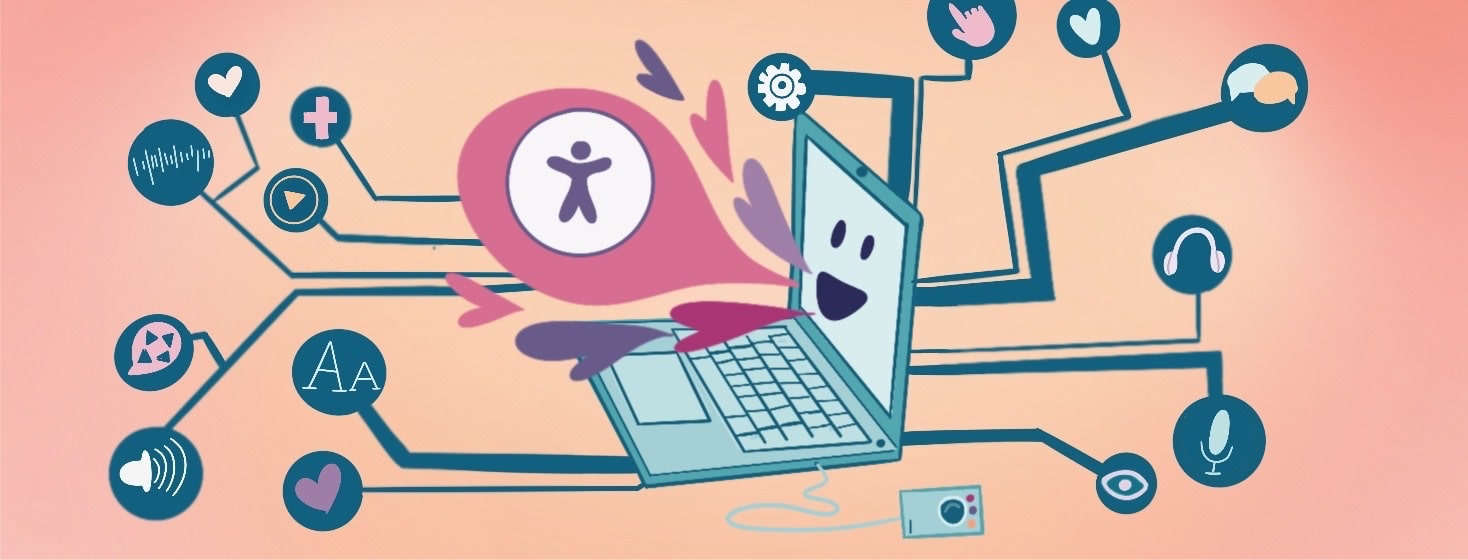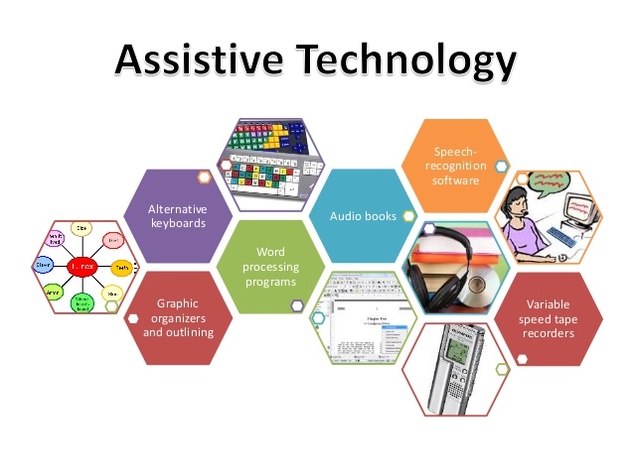Assistive technology: Experience, Challenges, and Limitations
Assistive technology is used to improve the overall quality of learning. Assistive Technology refers to any device, software, or equipment that assists people in overcoming obstacles. People frequently associate assistive technology with disabled people; however, assistive technology can be used by anyone in need. .Google assistant, amazon’s voice-activated Alexa and Siri are some of the common examples assistive technology that we all commonly use on a daily basis. Some more examples of assistive technology are text-to-speech and word prediction. Assistive technology also includes low-tech tools such as pencilgrips and Jouse3 as well as high-tech tools such as proofreading softwares, Ginger, which assists students with dyslexia and other learning disorders with writing, and mathtalk, which is a speech recognition system. Math software programme that can assist students with disabilities ranging from pre algebra to phd level mathematics. In the classroom, assistive technology includes the use of calculators, electronic worksheets, and spelling software such as phonetic, among other things. Personally, I recall using calculators in class but not talking calculators, so my experience with assistive technology in class is limited.

Image source- https://spinalmuscularatrophy.net/living/computer-assistive-technology
- Expensive
- Not readily available
- Socia-econimic issues
- Lack of proper training
- Lack of resources
- Lack of awareness
- Poverty
 Image source- https://assistedtechnology.weebly.com/social-training-and-at-hannah-edgette.html
Image source- https://assistedtechnology.weebly.com/social-training-and-at-hannah-edgette.html
One of the most significant limitations that has been identified is the lack of family support. To be able to use these tools in school or even at home, it requires the support of one’s parents. Many parents believe that these technologies can do no wonder that what a teacher can do at school, which I partially agree with, but I believe that having these technologies along with the teacher will be a great aid and makes the learning process easier for both the teacher and the student.
Thank you!